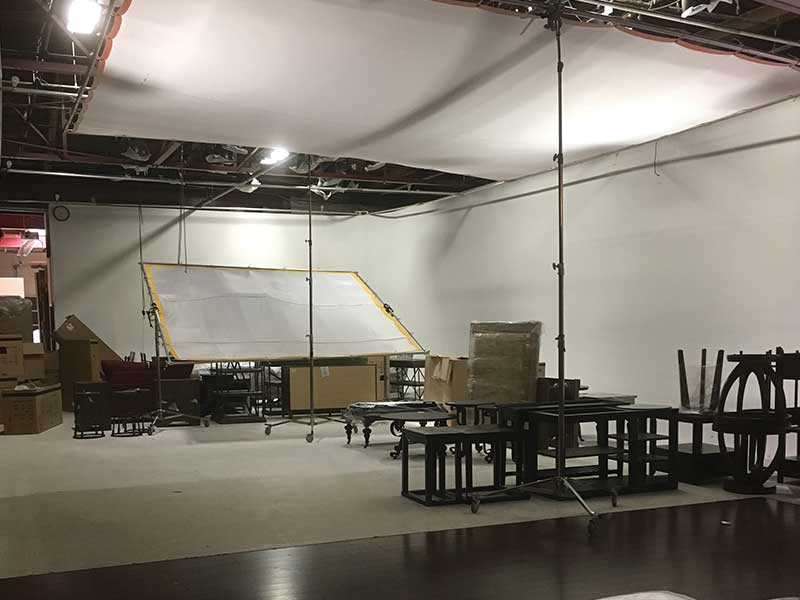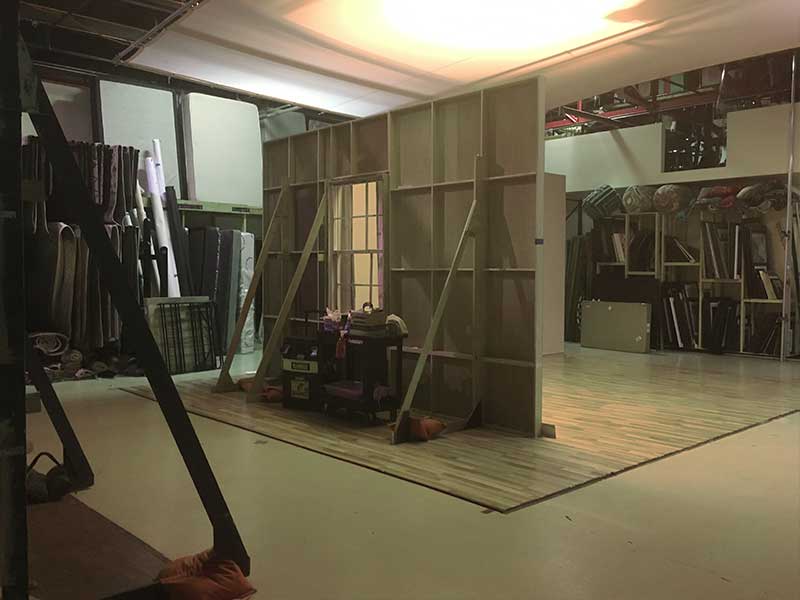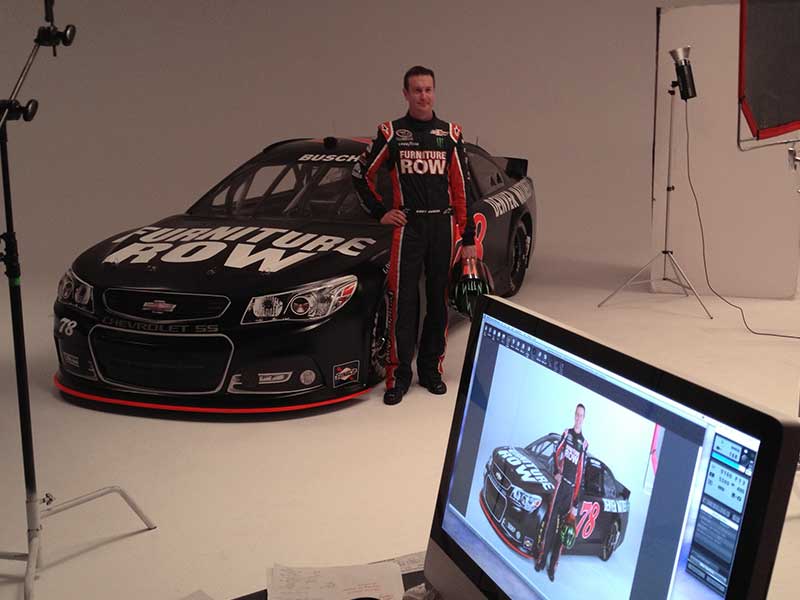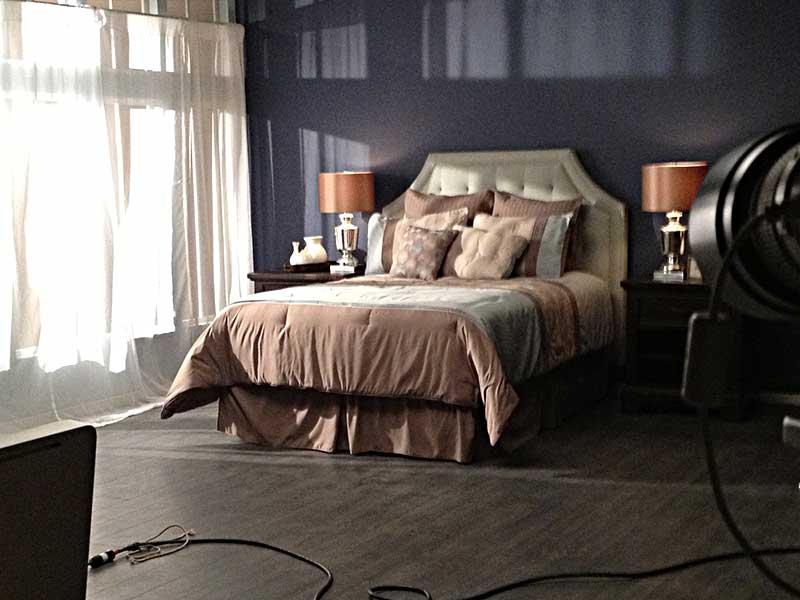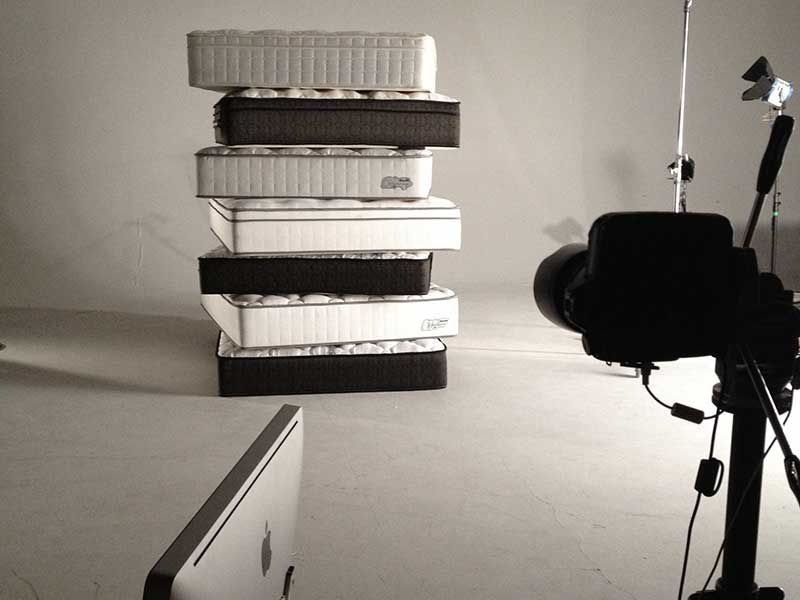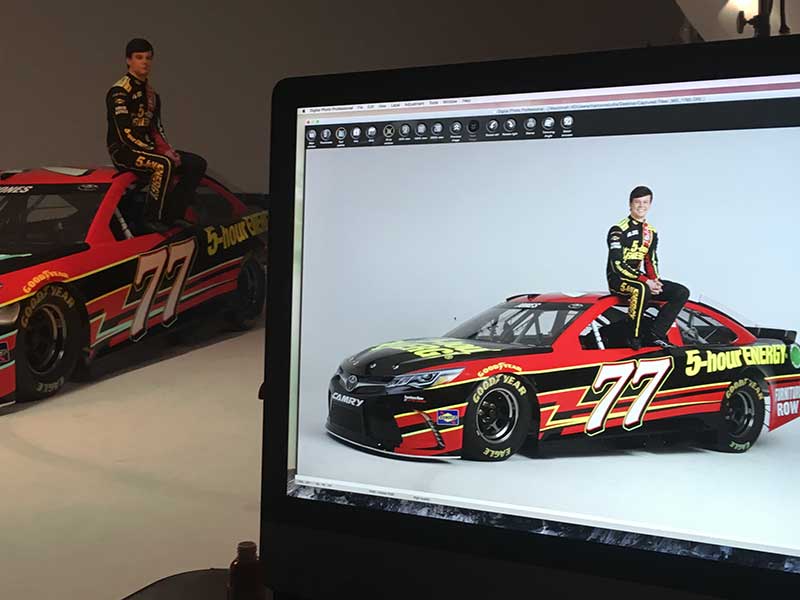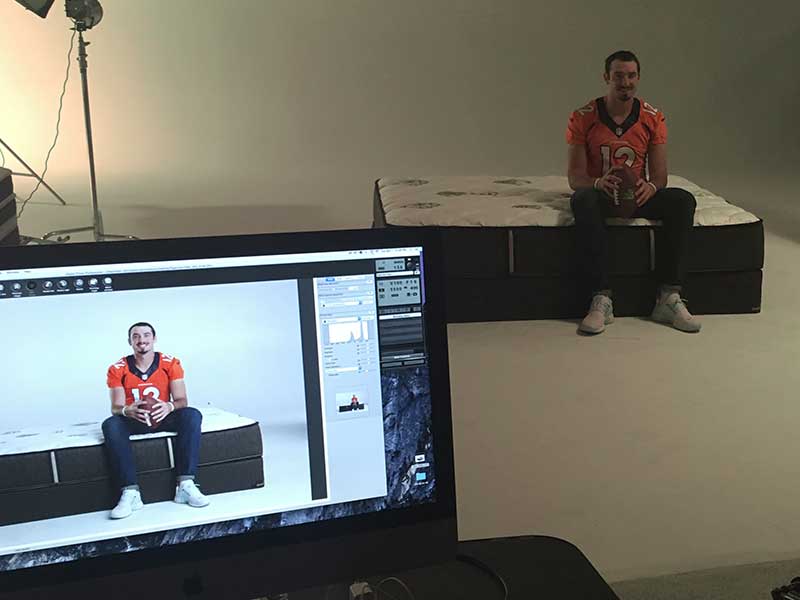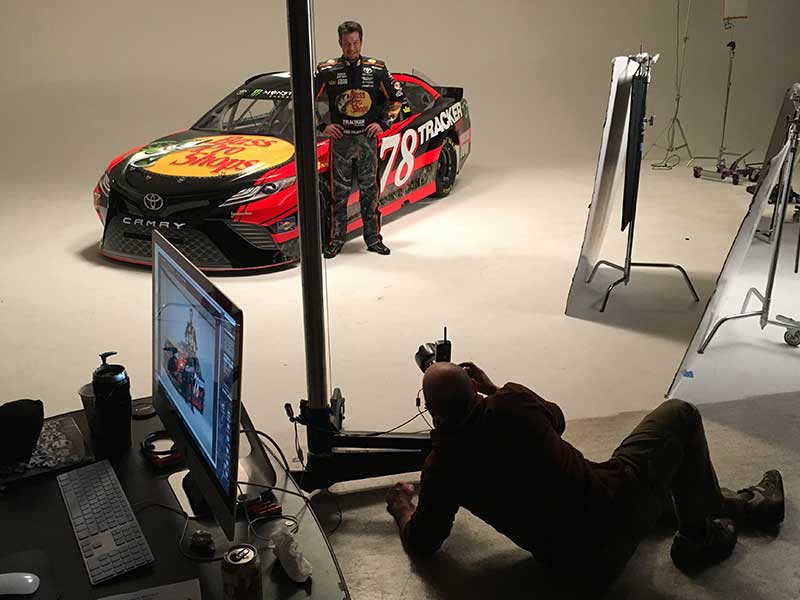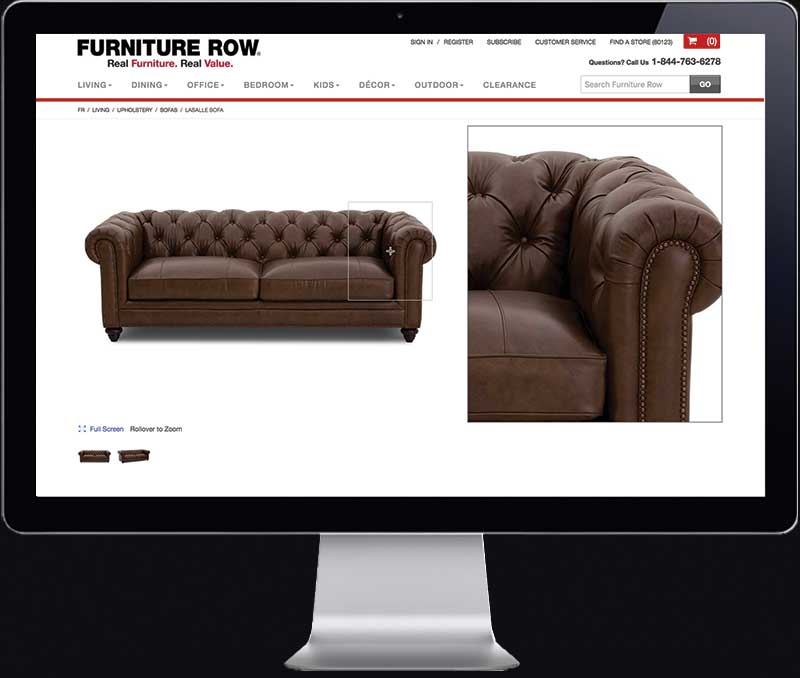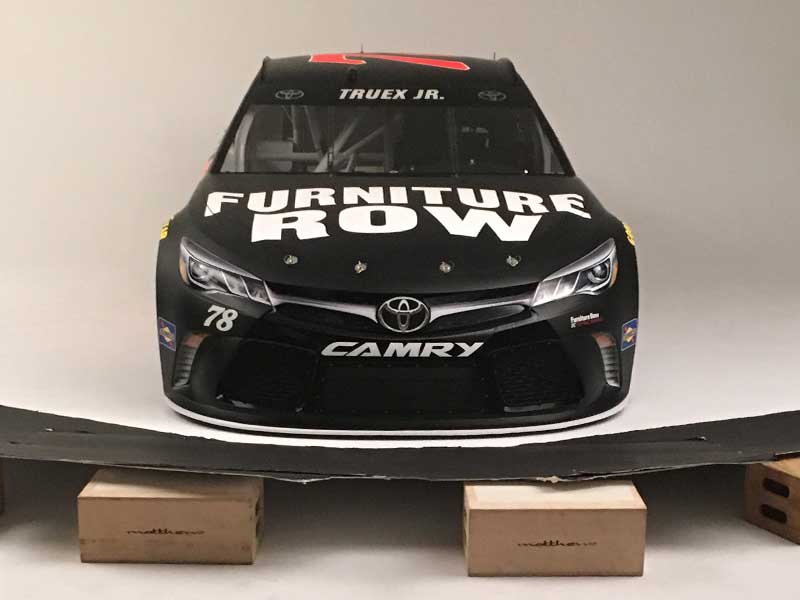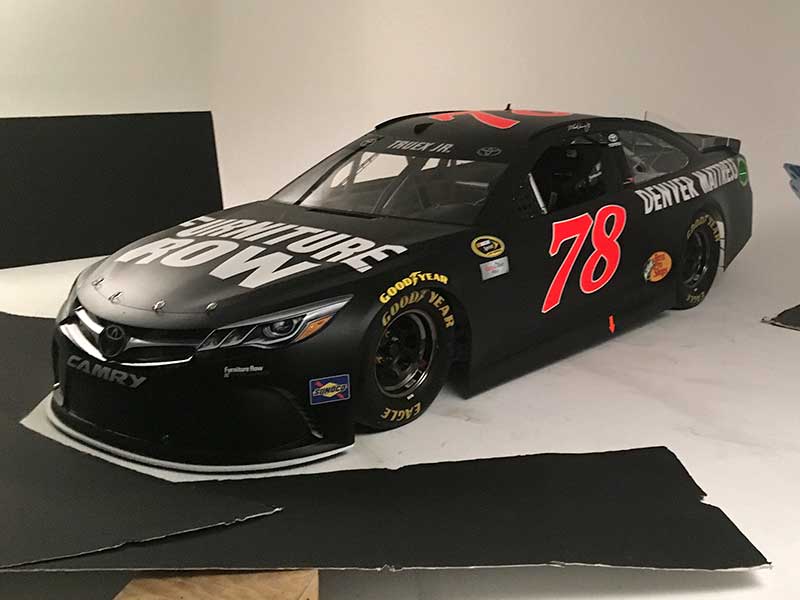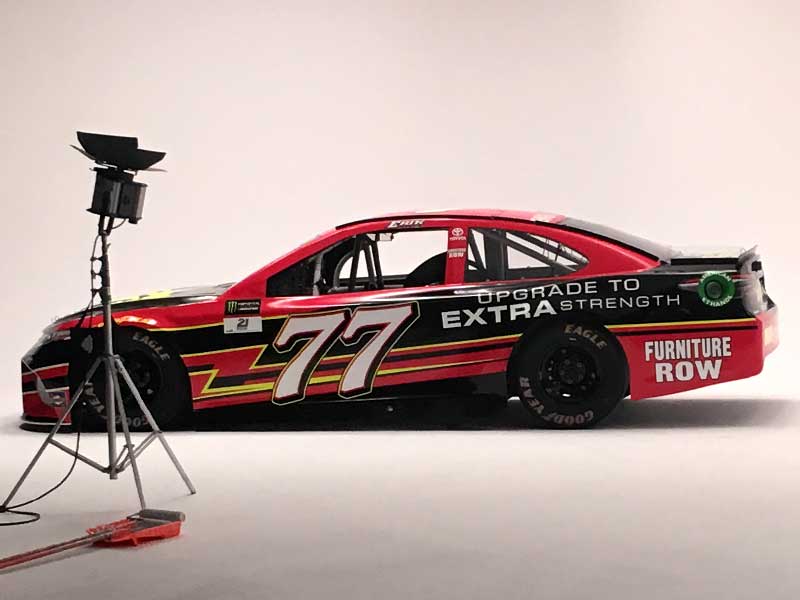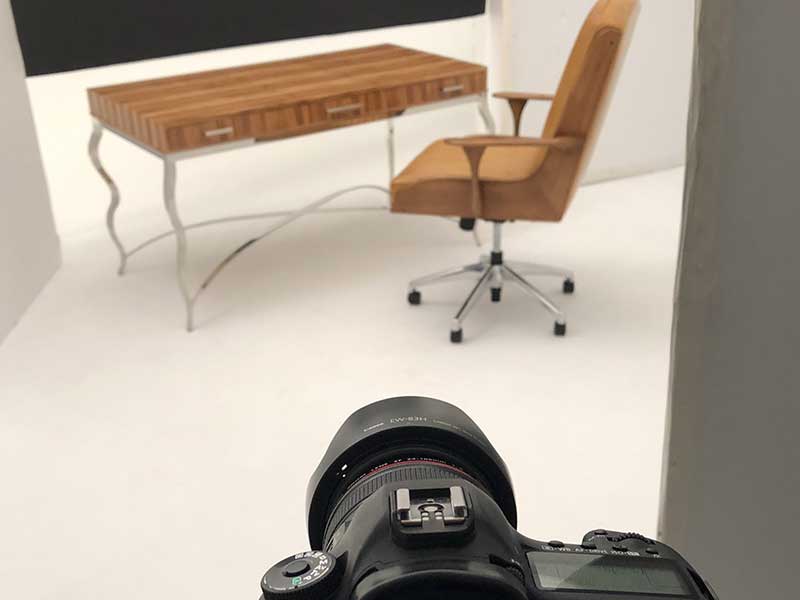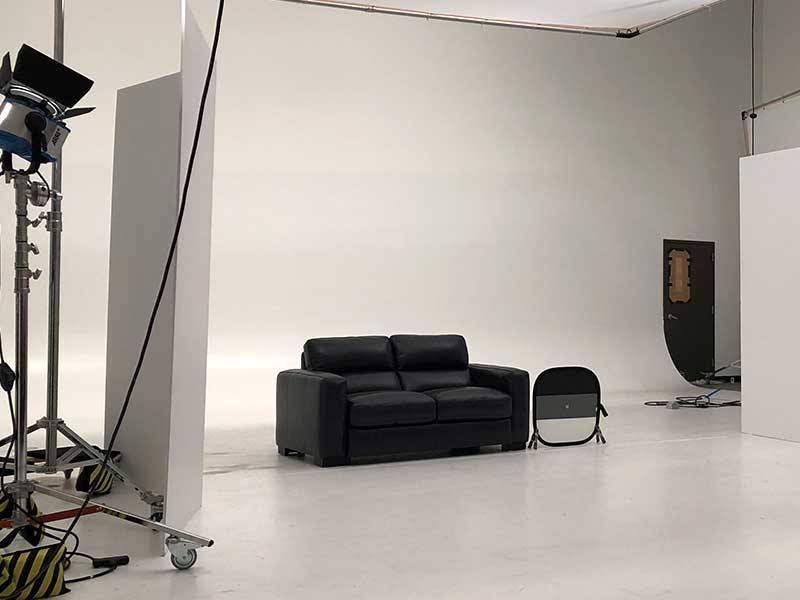Don’t let the title of the case study fool you. The photography program at Furniture Row when I started was more than successful.
The downtown based MARCOM office where I started my Furniture Row career contained, and still does today, a three stage studio complete with equipment that would make any studio manager jealous. There were more studio lights and light stands than a single shoot ever needed, three full size stages, and maybe still today the largest studio psych around town. We also had a full shop for making sets, 1,000’s of accessories for styling the shoots that would also make any top level stylist jealous, and more.
To date the studio was used for catalog based photography shoots, more than occasional video shoots, and of course shooting the Furniture Row owner’s side company Furniture Row Racing’s NASCAR cars and drivers.
When I started I was more than a junior creative, but not a top level one, so I was not often involved in the actual shoots. As time progressed, and my rank did as well, I was invited to help direct shoots. After that I was part of all of the specialized shoots, which later led to directing all of the NASCAR shoots, shoots that included local sports stars and celebrity sponsorships, some for the Denver Mattress brand, and anything that was specific to the digital teams needs.
In those early days when I was involved, the quality of the setup, and the quality of the final product was simply geared towards the needs of catalogs, eight fold print inserts and what ever was needed to support the NASCAR teams needs.
As time and technology progressed it was clear we needed to pay closer attention to the photography as the shots were being displayed in higher and higher resolution. The print game had stepped up, shots were being displayed much larger than before, but more importantly to my role the digital role, the requirements related to digital display had increased ten fold.
